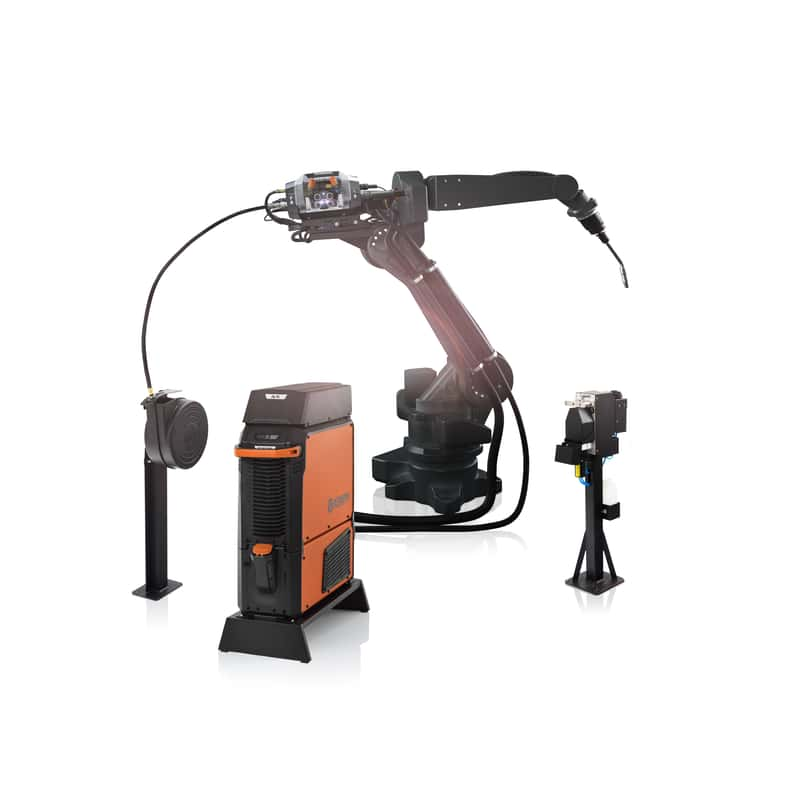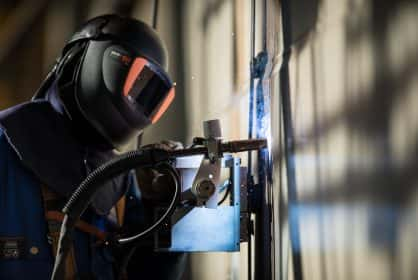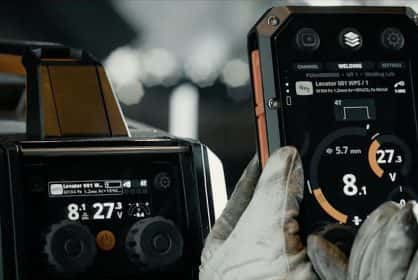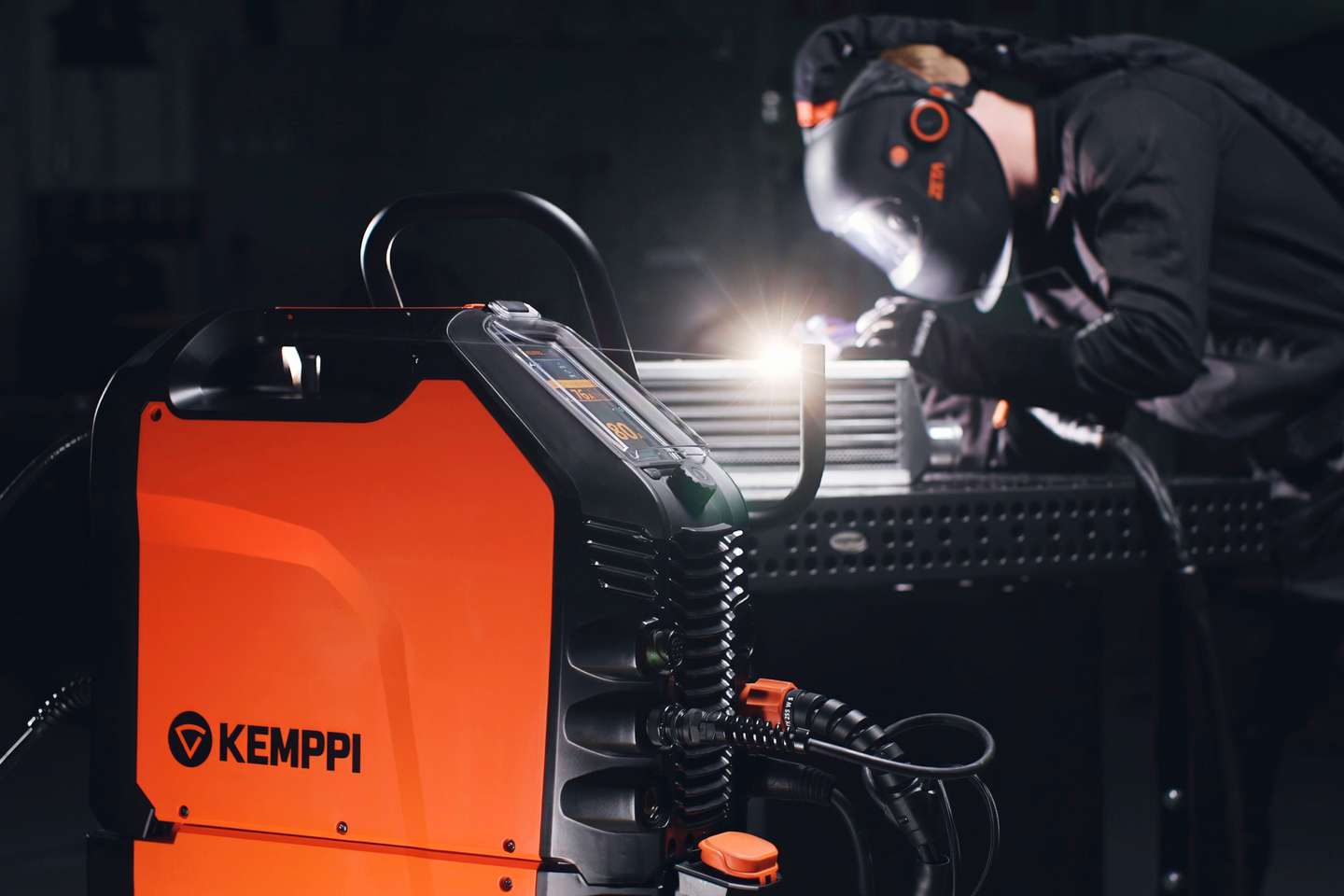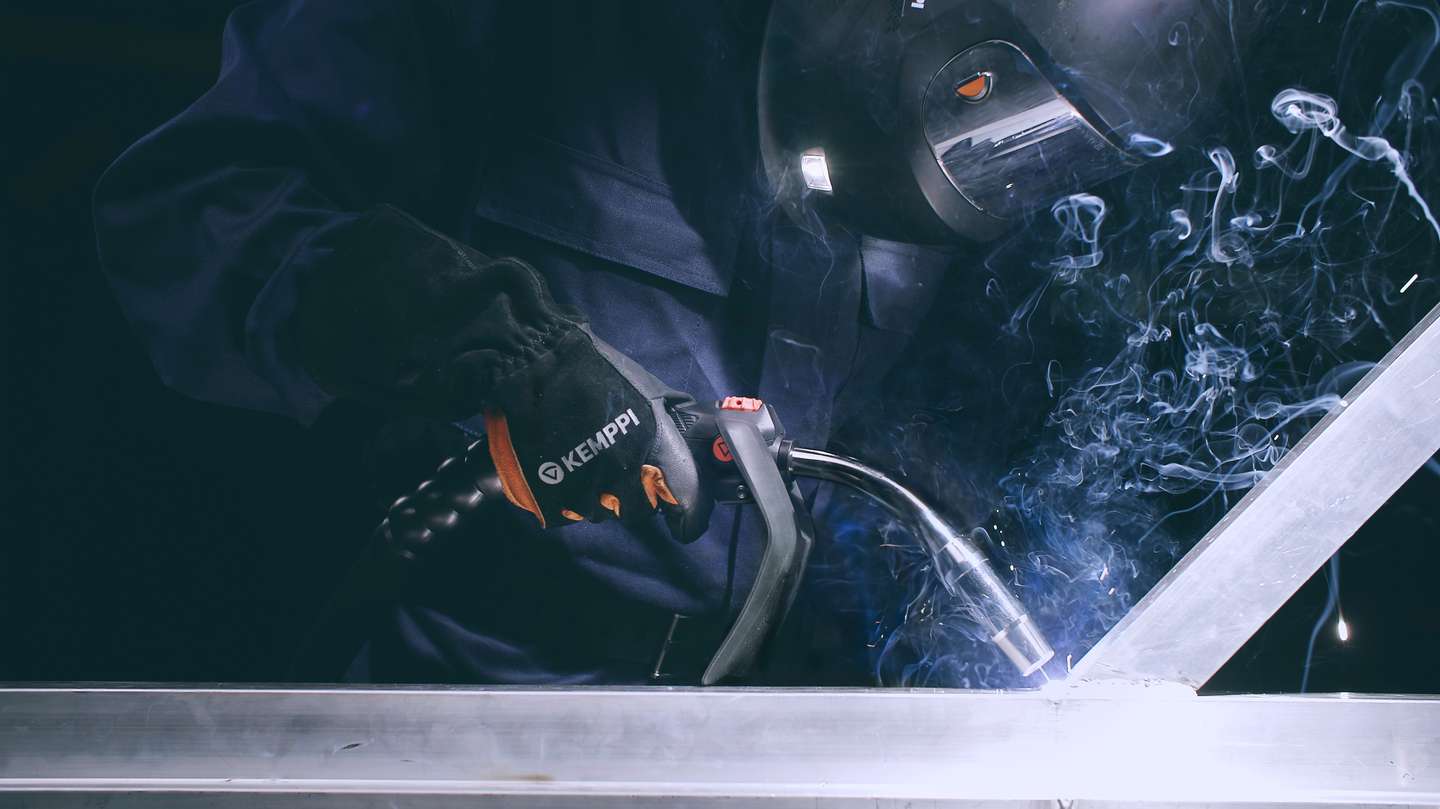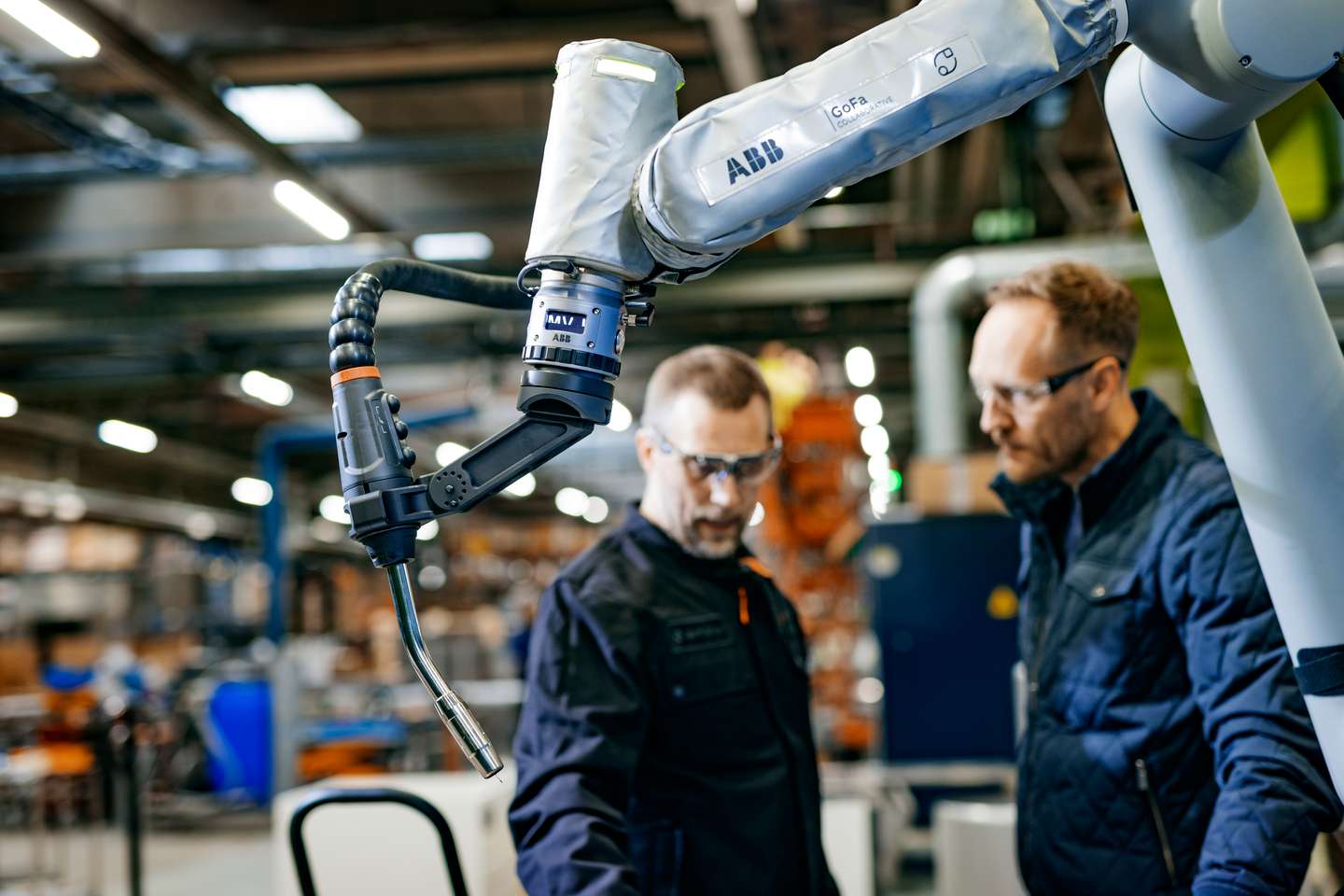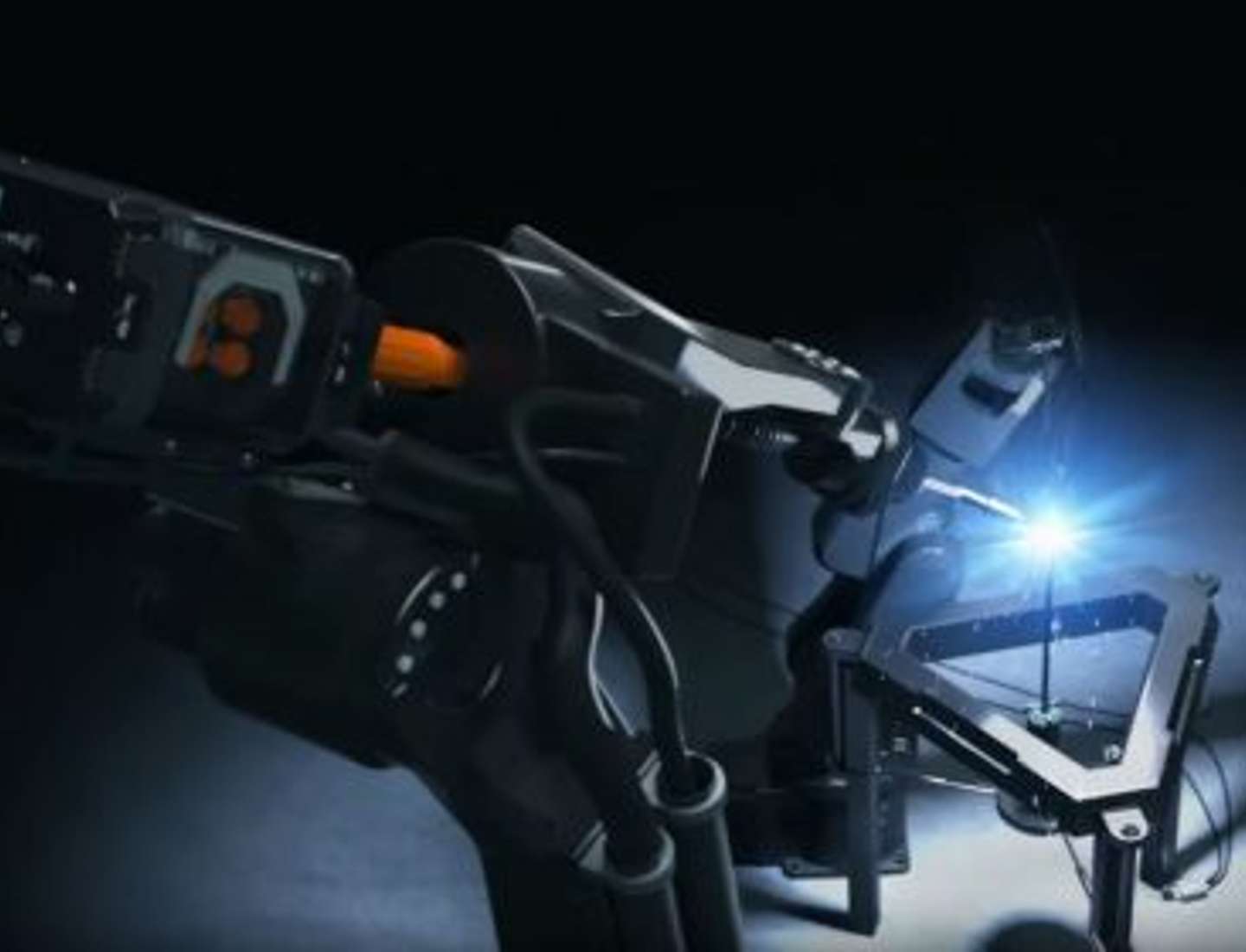
Automazione della saldatura
Automation and robotics on the rise as labor shortage continues
22 febbraio 2018
Robotics and welding automation have been on the agenda of manufacturing companies for quite a while. Welding robots are said to remove human error and even projected to learn with high endurance, speed and precision. In the past five years, we have also seen the addition of collaborative robots, cobots, to the market.
Olli-Pekka Holamo

Olli-Pekka Holamo
Olli-Pekka Holamo
Product Manager, Automation at Kemppi Oy until February 2019. Robotics expert who gets excited about adding value to the customer through automated processes. Ambitiously perfecting the usability of automation products and the cooperation between men and machines.
